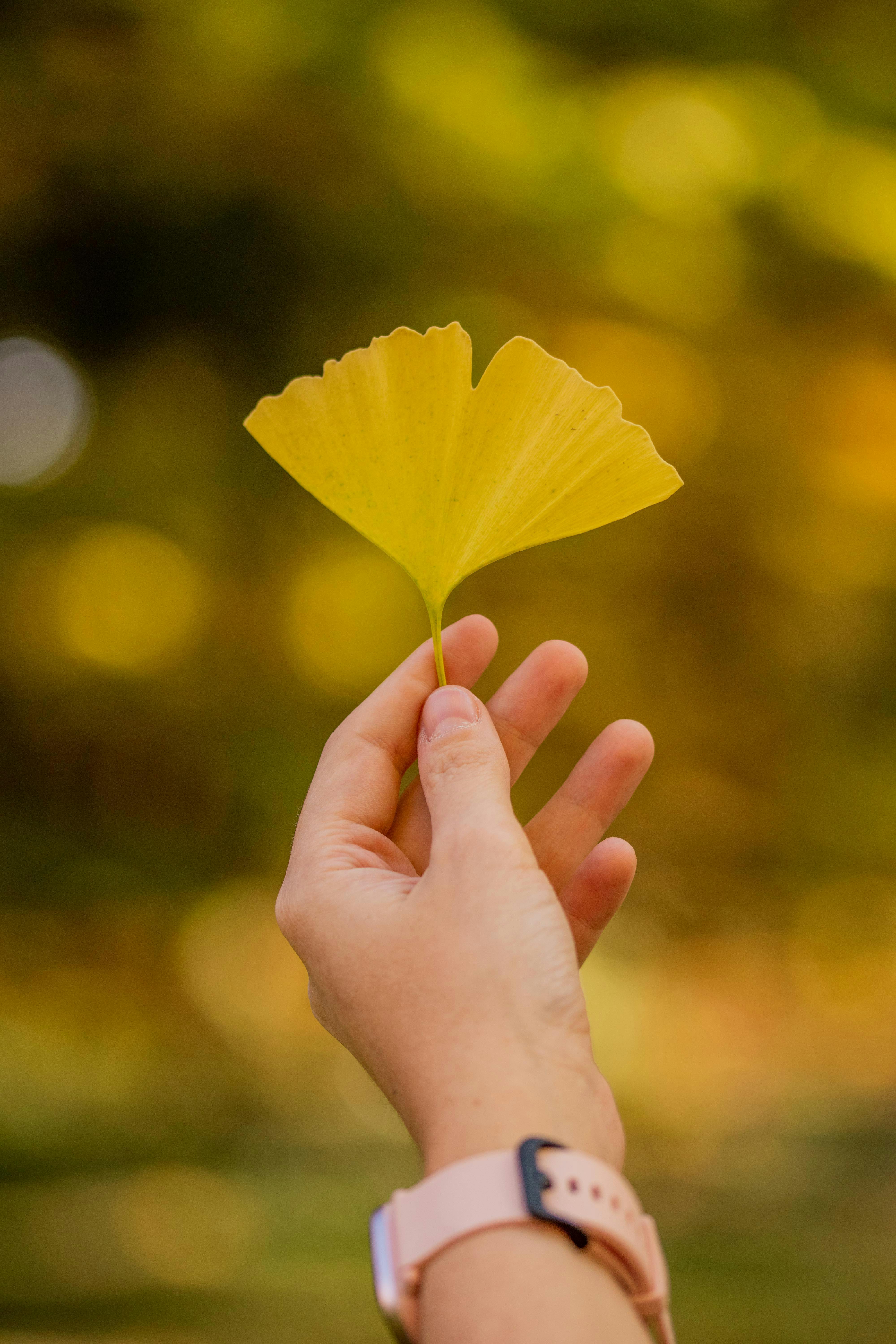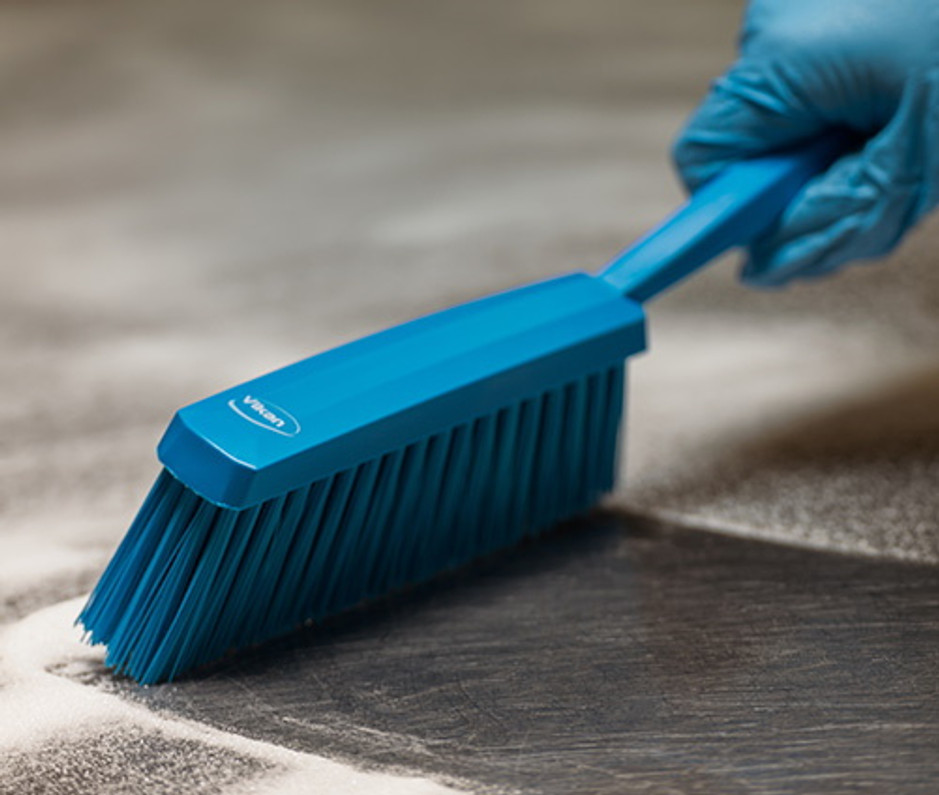
Apply Now


Essential Guide to Drawing a Giraffe in 2025
Drawing a giraffe can be a delightful experience for artists of all ages. Their unique features and massive stature make them one of the most majestic animals to depict in art. Understanding the process of how to draw a giraffe is not only rewarding but also fosters an appreciation for wildlife. With the right techniques, anyone can create stunning giraffe art that ranges from simple sketches to intricate illustrations. In this guide, we’ll explore essential tips for beginners embarking on their giraffe drawing journey. We'll cover various aspects, including the anatomy of a giraffe, step-by-step techniques, and practical advice on supplies. By the end of this article, you should feel confident in creating your own giraffe drawings and elevating your artistic skills to new heights. Get ready to discover the fascinating world of giraffes through drawing. We will break down the process, offering insights into giraffe characteristics and artistic expression that can enhance your drawing skills.Key Benefits of Giraffe Drawing
Drawing wildlife allows you to connect with nature and understand animal behavior through artistic expression. Engaging in artistic practices like drafting a giraffe will help hone your observational skills and improve your grasp of proportions, shapes, and textures. Plus, it serves as a therapeutic release, relieving stress while fostering creativity. You also have the opportunity to explore different styles—whether you choose to illustrate a lifelike representation or a more cartoonish version of a giraffe. Additionally, developing pieces like a giraffe portrait drawing can make for cherished art projects or thoughtful gifts. Furthermore, creating a detailed giraffe sketch is a fantastic way to learn about animal anatomy and proportions, which are essential skills for any aspiring artist. As you learn how to sketch a giraffe, pay attention to the incredible details that define their features, such as their long necks and characteristic facial structure.Understanding Giraffe Features for a Captivating Drawing
When you begin your artistic journey, focusing on giraffe anatomy will significantly enhance your understanding and execution of drawing wildlife. Giraffes are known for specific proportions; hence, learning about their unique body shape and characteristics is key. Features such as their long legs, distinctive neck, and large eyes add unique traits that should be captured in your artwork. To illustrate a giraffe effectively, start by breaking down its physical form into basic shapes to get the proportions right. Rectangles for the body, circles for the head, and elongated figures for the legs will serve as foundational guides. Next, concentrate on giraffe faces. Understanding the significant parts of their features—like eye placement, ear structure, and mouth shape—will help in creating more lifelike renditions. Incorporating these observations can lead to striking artistic portrayals.Step-by-Step Drawing Process for Giraffes
Now that we’ve covered the basic features and benefits let’s dive into the step-by-step process for drawing a giraffe. This section will provide a practical approach for sketching out a giraffe, focusing on essential techniques that incorporate beginner-friendly methods.Gathering Your Giraffe Drawing Supplies
Before you start your giraffe art tutorial, it's vital to assemble the right supplies. Basic giraffe drawing tools include: - Pencils (HB for general sketching, mechanical pencils for fine details) - Erasers for corrections - Quality paper suited for your preferred medium (sketch pads for graphite, watercolor paper for paints) - Colored pencils or watercolors for adding color - Reference images of giraffes for accurate portrayal Gathering quality giraffe drawing supplies will enhance your learning experience and ensure that your final artwork meets your artistic standards.Creating the Giraffe Outline Step by Step
1. **Start with a Skeleton**: Lightly sketch the giraffe’s basic shapes. Begin with an oval for the head and elongated rectangles for the body. This will help you create appropriate proportions. 2. **Defining the Neck and Legs**: Draw the long neck by connecting it to the head and extending it downward for the body. Add the legs, ensuring they are proportionate to the body. 3. **Adding Features**: Begin detailing the giraffe's distinct facial features, such as large eyes and prominent ears. Work on the mouth, adding subtle details to bring life to your drawing. 4. **Elaborate on the Body**: Once your initial outline is complete, add curves to make the body appear more three-dimensional. Define the legs, adjusting for muscle and structure, which should complement the giraffe's height. 5. **Finalize the Outline**: After refining your sketch, go back over your lines with a darker pencil or pen, enhancing the outline of the giraffe’s body, noting details such as spots and fur. 6. **Add Background Elements**: Consider adding elements to your composition that reflect a giraffe’s habitat, such as trees or shrubs, providing context to your drawing.Mastering Shading Techniques for Giraffe Drawings
Shading is crucial for adding depth to your giraffe drawings. Start by identifying your light source and how it affects the giraffe's form. Use softer pencils for gradient shading and to achieve smooth transitions. - **Layering Techniques**: Layer your shading gradually, ensuring you don’t overapply pencil at once. Start light and build until achieving the desired depth. - **Textures**: Pay attention to the giraffe’s fur texture; using short, flickering strokes for shading can imitate the short coat of a giraffe effectively. - **Highlighting**: As you apply darker shades, remember to leave some areas lighter to suggest light reflection. This enhances the three-dimensional aspect of your drawing, bringing your giraffe alive on the page.Improving Your Giraffe Drawing Skills
Once you have mastered the basics, it’s essential to enhance your skills with continuous practice and exploration of different giraffe styles.Practicing with Different Giraffe Techniques
Experimentation with multiple styles can yield fun and unique giraffe drawings. Consider trying a cartoon giraffe drawing one day and shifting to realistic giraffe drawing the next—this variety can expand your artistic versatility. Make sure to challenge yourself by attempting to draw giraffes in various poses or engaging in motion. Observing live giraffes in wildlife settings or watching documentaries can provide insight into their behavior, which is crucial for representing movement accurately in your artwork. Enhance your study sessions by sketching giraffes from photographs or real-life observations, allowing you to capture their characteristics more authentically. Utilize art critiques from community forums to refine your technique and receive feedback on your work!Encouraging Exploration in Giraffe Art Projects
Consider collaborating with other artists or participating in wildlife art community projects. Sharing your giraffe sketches submission can inspire others and expose you to new techniques and ideas. Explore mixing media, from watercolor to pastels, enhancing your creations with vibrant giraffe patterns. Creating a giraffe illustration project can also serve as a basis for art lessons, whether in a classroom setting or group workshops. Learning from others while teaching your skills is a valuable aspect of personal growth as an artist.Common Mistakes and Tips for Giraffe Drawing
As with any art form, mistakes are part of the learning process. Understanding common giraffe drawing challenges can lead you to improve your skills.Avoiding Common Giraffe Drawing Mistakes
1. **Proportion Errors**: A frequent mistake is misjudging proportions. Always refer to your sketches or reference images to compare sizes during your drawing process. 2. **Neglecting Details**: Small details, such as unique patterns on a giraffe's coat or the shape of their facial features, can make a significant difference in your final piece. 3. **Overworking Areas**: While shading is important, avoid overworking sections, as it can give a muddy appearance and detract from your art’s clarity. 4. **Skipping Practice**: One of the best tips for drawing giraffes effectively is to practice regularly. The more often you draw, the more natural it will feel. By recognizing these mistakes, you can develop a refined skill set and create impressive giraffe drawings that showcase your unique artistic perspective.Engaging with Your Giraffe Artwork
Once your giraffe rendering reaches completion, consider how to showcase and share your work creatively.Presenting Your Giraffe Art
Explore platforms such as social media to share your giraffe drawings with the world. Create an art project around your giraffe illustrations, using various mediums and styles to build a cohesive theme. Engaging your audience with your artistic journey can also spark conversations about wildlife and conservation efforts, connecting your art to important causes. Encourage viewers to share their thoughts on your work, creating a vibrant dialogue around the beauty of giraffes and art. Capture inspiration through visual storytelling by considering how giraffes fit into their natural habitats. Your unique perspectives on giraffes can resonate with others and evoke emotional responses, contributing to a broader appreciation for wildlife through art.Q&A on Giraffe Drawing Techniques
What are some good supplies for giraffe drawing?
Using quality drawing materials such as various pencils, erasers, and appropriate paper will set a solid foundation for your giraffe sketching experience. Consider using colored pencils and watercolor for vibrant pieces!How can I improve my giraffe proportions?
Studying real-life giraffe images and practicing regularly will boost your understanding of proportions. Using basic shapes as foundation blocks can help maintain correct sizes.Can I create cartoon giraffe drawings?
Absolutely! Cartoon giraffes allow for imaginative interpretations. Focus on simplifying shapes while exaggerating unique features to enhance the playful aspect of your giraffe art.What's the importance of shading techniques?
Shading adds depth and dimension to your drawings. By understanding light sources and practicing layering techniques, your giraffe representation will transform into a more dynamic piece of art.Where can I find inspiration for giraffe drawings?
Explore nature documentaries, wildlife photography, online drawing communities, or local zoos for diverse references to spark creative ideas and artistic perspectives!
